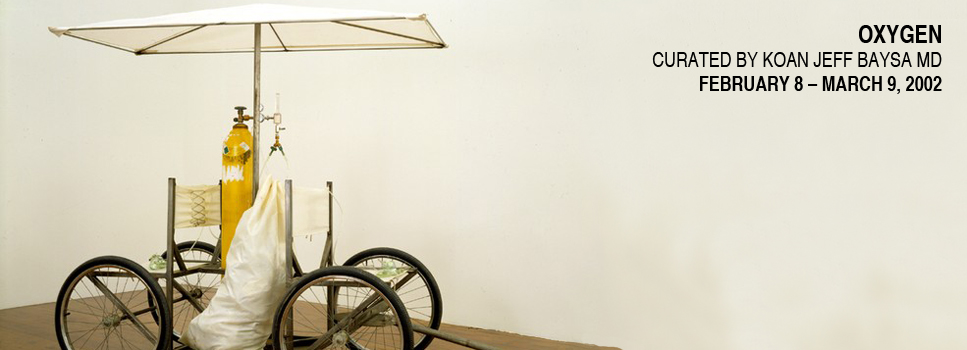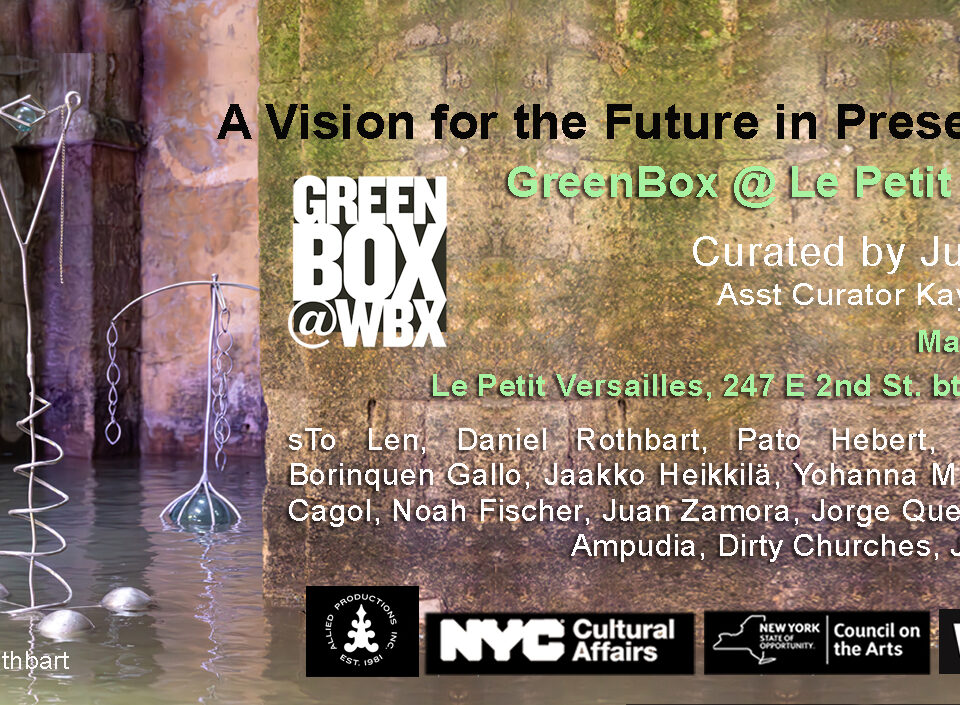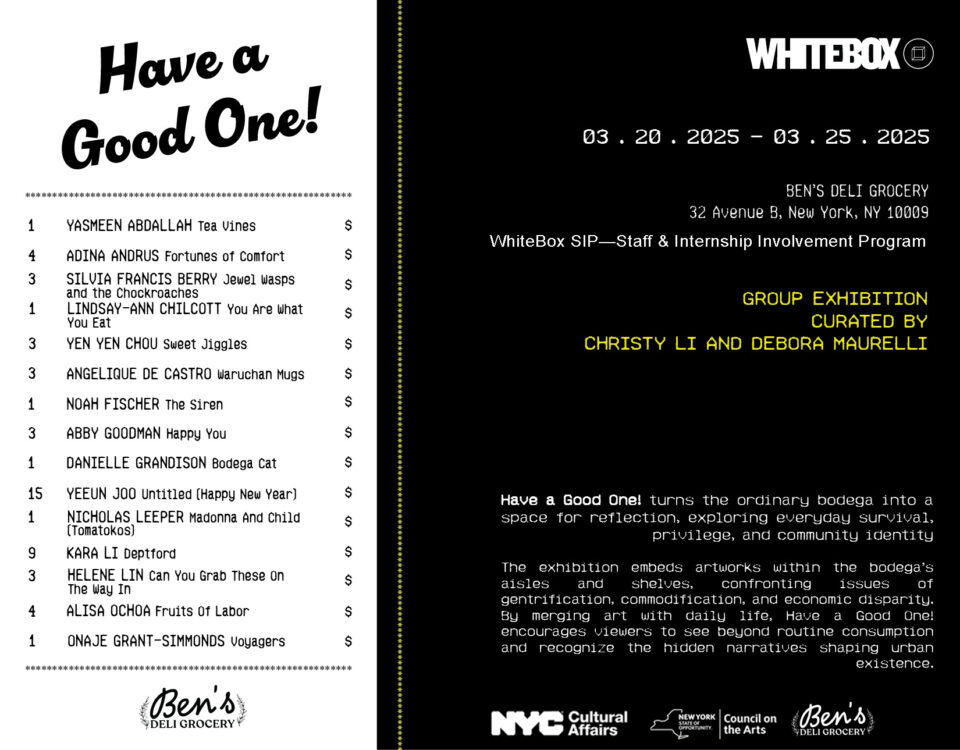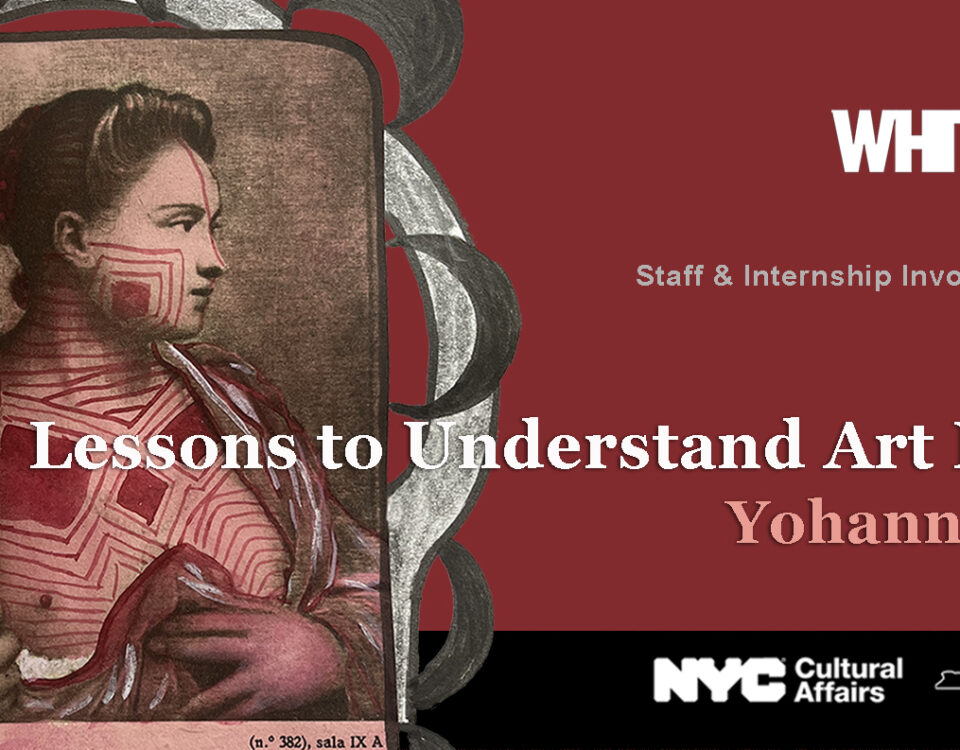SIGHTING THREE JAPANESE ARTISTS PART II: HISTORY LESSONS
December 7, 2001Joel Sternfeld: Treading on Kings
March 22, 2002CURATED BY KOAN JEFF BAYSA MD FEBRUARY 8 – MARCH 9, 2002
The breath, a measured volume of air that is manifested in the respiratory cycle, a paired active inspiration and passive expiration, initiated at birth and terminated at death. “Oxygen” is a selected visual inventory of (dys)function and topology of the breath, and that crucial element that comprises 21% of our atmosphere extracted by the lungs to sustain aerobic life. This threatened resource and disorders of breathing have become emblematic of the endangered atmosphere and the tenuous balance between the environment and its human habitation. The aftermath of September 11 brought attention to the ecology of terrorism, its ravages on the earth, and a new medical diagnosis, “Ground Zero cough” which now afflicts some rescue and recovery team members. The etiology of this condition has been attributed to the inhalation of vaporized glass, benzene, asbestos, mercury, and other materials from the site of the lower Manhattan tragedy; the ultimate sequelae resulting from exposure to these toxins remain unknown. The exhibition’s original title, “Ondine’s Curse”, a caveat against taking things for granted, referred to the spell that required conscious thought about each breath. Death would result from falling asleep. The metaphors and images presented in “Oxygen” are valuations of life framed within the acknowledgment of loss, disease and mortality.
Gordon Matta-Clark’s portable breathing station is a commentary on the endangered atmosphere of the urban environment of the ’70s as well as the present, and preceded the recent trend of oxygen bars in the blighted metropolises by decades.
Ann Hamilton’s self-portraits, performatively taken with an intra-oral pinhole, are framed within the portal of language and communication.
Marina Abramovic weds the inanimate and animate, life and death in a video of her embodiment of a skeleton with their synchronous breathing.
Oscar Muñoz’s invisible works of grease on metal reference the “desaparacidos”, the politically disappeared in South and Central America. The victims’ images appear with a warm breath.
Wendy Jacob’s breathing sculptures at once invoke calm and caution, as the somnambulist forms come as readily from dream states as from the harsh reality of the streets.
Montien Boonma’s herb ash drawing of lungs, with healing scents, intimates his wife’s death from lung cancer 6 years before his own death.
Sarah Lovitt’s imposing sculptures of the rib cage magnify the potential space, physicality, tension and release of the lungs.
Pak Keung Wan’s installation embodies the material/immaterial divide in the semblance of a water cycle by allowing his arduously collected breath condensate to evaporate within perilously thinned glass vessels.
David Shaw’s photo of a measure of air released underwater alludes to a fragment of the memory from his literal breath-taking experience as a youth and a near-drowning incident.
Roland Flexner creates each ink and soap drawing from a bubble formed by a “vocal gesture” of pre-verbal language and exhalation, and the variables of gravity, gesture, timing, and breaking surface tension.
Rey Akdogan creates a suspended cloud of her encapsulated breaths within lifesaving clear plastic inflatable cuffs.
Koan Jeff Baysa MD is a practicing physician and independent curator. He lives and works in New York, Honolulu, Los Angeles, and is an alumnus of the Whitney Independent Study Program.
With assistance from:
The British Council
Inflate Design Consultants (www.inflate.co.uk),
MIT Research
Atelier 14




